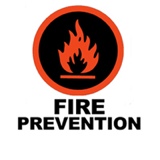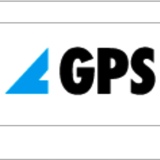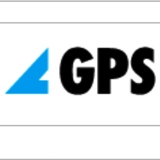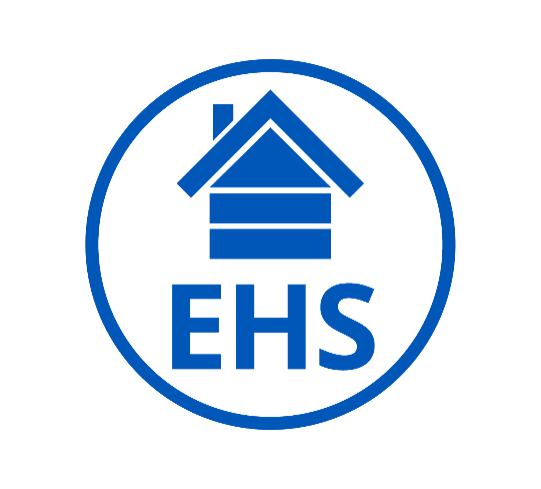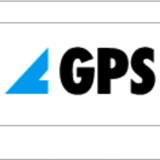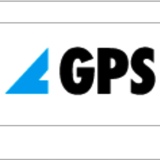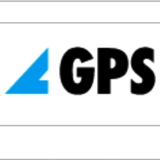Information
-
Document No.
-
Audit Title
-
Client / Site
-
Conducted on
-
Prepared by
-
Location
-
Personnel
Building Compliance Building regulations in each state of Australia and New Zealand require building owners or Occupiers to maintain all Essential Fire Safety Measures (EFSM) that have been installed in Buildings vital to the life, safety and health of occupants over the building lifetime. This audit tool is to be used as an aid to assess compliance against the requirements for maintaining the fire safety systems within buildings. Further information on the requirements within each jurisdiction can be found on Form VC-HSE-V1001-2 Summary of Essential Fire Safety Measures Building Compliance on the HSE System
-
1. List each building on site and confirm if each building has a schedule of Essential FIre Safety Measures and the level of performance each essential fire safety measure (I.e. BCA clause, Australian Standard etc)
The EFSM schedule has a different name in each state. It is referred to as the Essential FIre Safety Schedule in NSW, Essential Safety Measures in Victoria, Schedule of Essential Safety Provisions in SA, List of Fire Safety Installations in QLD, Fire safety measures in WA, Essential Safety and Health Measures in Tasmania and Compliance Schedule in New Zealand.
The Essential FIre Safety Schedule's are issued with the Buildings Occupancy Certificates unless the building or building modifications are pre early 1990's. If you have trouble locating the EFSM Schedule for your building, contact your local council.
Building Name
-
Is there a current Essential Fire Safety Schedule for this building?
-
2. Are Alternate Solutions (for applicable buildings), maintained in accordance with the performance requirements in the Essential FIre Safety Schedule?<br><br>If a building has adopted Alternate Solutions (ie performance based provisions of the BCA), they will be listed in the Essential Fire Safety Schedule along with the level of performance. If the performance measure includes non-essential services (I.e. roof fans in lieu of smoke exhaust system, or two-way radio in lieu of EWIS) ensure these are inspected and maintained. Frequency of inspection may be specified in the EFSS.
-
3. Is there a current Annual Essential FIre Safety Statement?<br><br>This is called Annual Essential Safety Measures Report in Vic, Annual Occupiers Statement in QLD, Annual Statement in WA, Essential Safety Provisions Annual Certificate (Form 3 of Schedule 16, Development Regulations) in SA and Annual Maintenance Statement Form 56 in Tasmania and Annual Building Warrant of Fitness in New Zealand.<br><br>Please note that it is not currently mandatory in WA, but it is a legal requirement to ensure that all fire safety system are properly maintained.<br><br>A current statement or certificate is signed by an authorised person on behalf of the building owner or occupier (ie Site Manager, Maintenance Manager etc)
-
4. Does the site have the current Annual Fire Safety Statement displayed in prominent position or securely located?<br><br>In NSW the AFSS is to be displayed in a prominent position? In New Zealand the Building Warrant of Fitness must be publicly displayed in the building. In Tasmania the Annual Maintenance Statement Form 56 must be publicly displayed. It is to be made available along with all maintenance records upon request from council or fire authority in all other jurisdictions (I.e. Vic, QLD, SA etc)<br><br>
-
5. Has the current Annual Fire Safety Statement, Annual Occupiers Statement, Annual Essential Safety Measures Report, Building Warrant of Fitness etc. been issued to the relevant authority?<br><br>Local councils are the relevant authority in all states and territories within Australia and in New Zealand except for QLD where the fire authority QFRS is the relevant authority.<br><br>In NSW the AFSS must also be sent to the Fire and Rescue NSW.<br><br>In Victoria there is no requirement to issue council or fire brigade with the Annual Essential Safety Measures report, but must make it available along with all maintenance records to council within 24 hours upon request.
-
6. Does the site maintain current maintenance records for Essential Fire Safety Measures. <br><br>Appropriately qualified person(s) are to provide a record of maintenance upon completion of each test or inspection for each essential fire safety measure (I.e. fire hose reels and hydrants, emergency and exit lighting, fire alarm and sprinkler system, etc). These records are to be kept in a secure location and available on request by the relevant authority. <br><br>Records should also be kept of any repairs or modifications carried out on any of these systems. <br><br>In QLD Critical Defect Notices can be issued by maintenance contractors for any critically defective fire safety system. These notices along with record of repairs should be attached to the Annual Occupiers Statement before sending to the QFRS.<br><br>In NSW a properly qualified person is to carry out an assessment of each essential fire safety measure to confirm performance to the original standard within 3 months prior to issuing the Annual Performance Statement to council.<br><br>In New Zealand, each independent and qualified person that undertook inspection or maintenance of the specified fire safety systems in the Compliance Schedule is required to issue an Annual Certificate of Compliance Form (form 12A) to the building owner or occupier.
-
7. Has a new essential safety schedule been issued for any alterations or modifications to existing buildings that has significantly changed any essential safety measures?<br><br>Any alteration or modification to plant can also significantly change the essential safety measures (ie. new equipment can block access to exits, egress paths, fire equipment, or reduce performance of fire sprinklers, emergency lighting etc). A new schedule can be issued just for the alteration or for the whole building.
Actions List all actions to address any non compliances from the audit. Actions are to be entered into Vault, responsibilities assigned and completion dates specified.
-
Add signature
